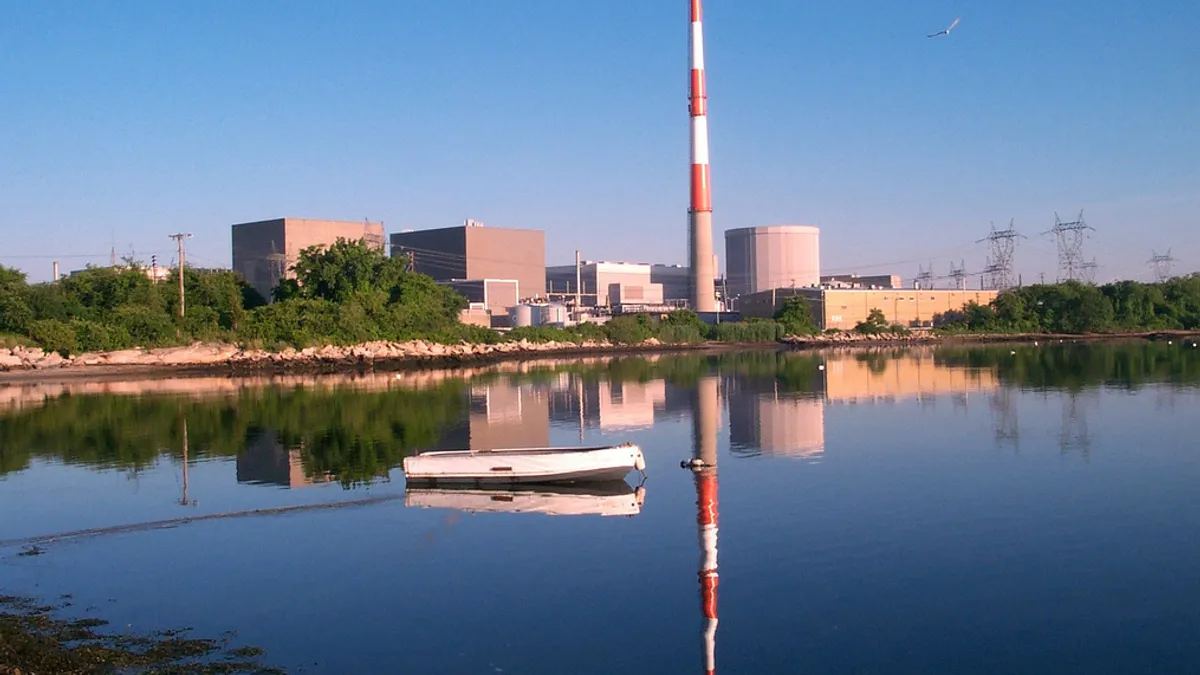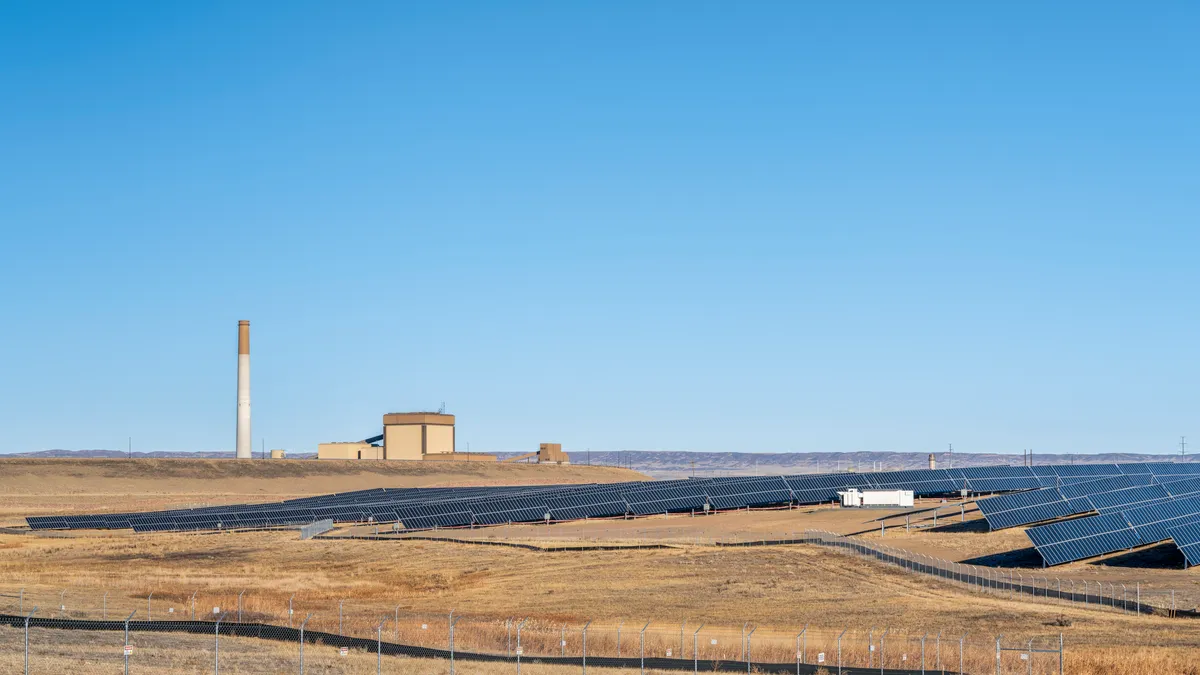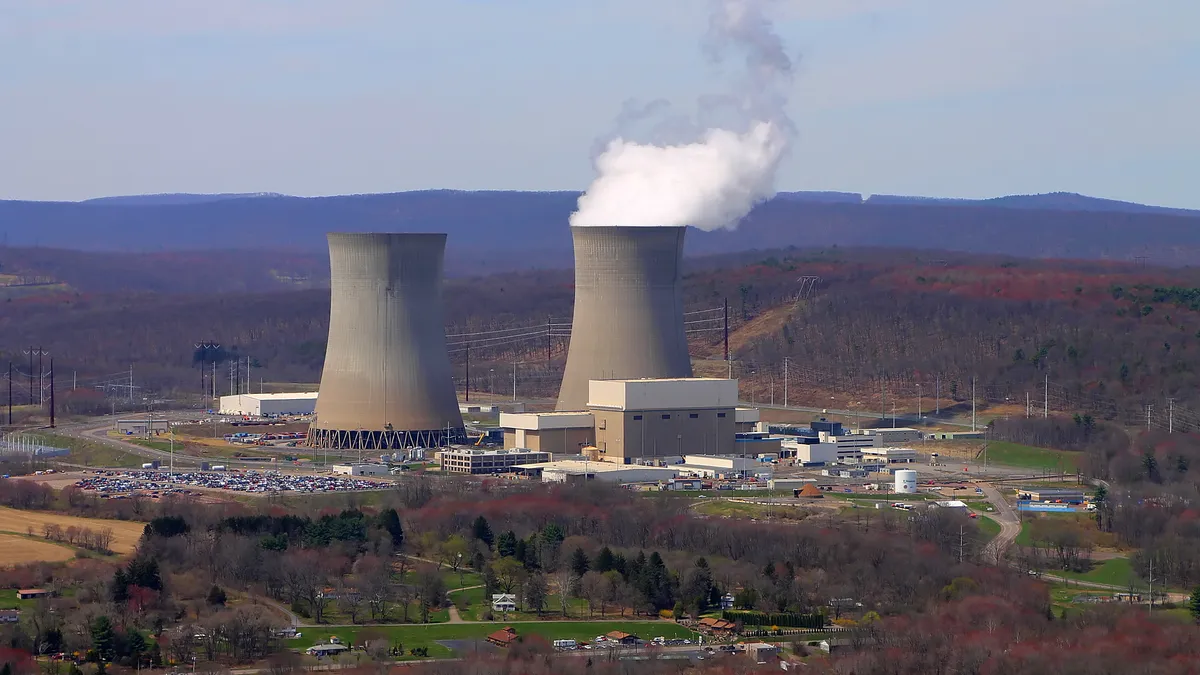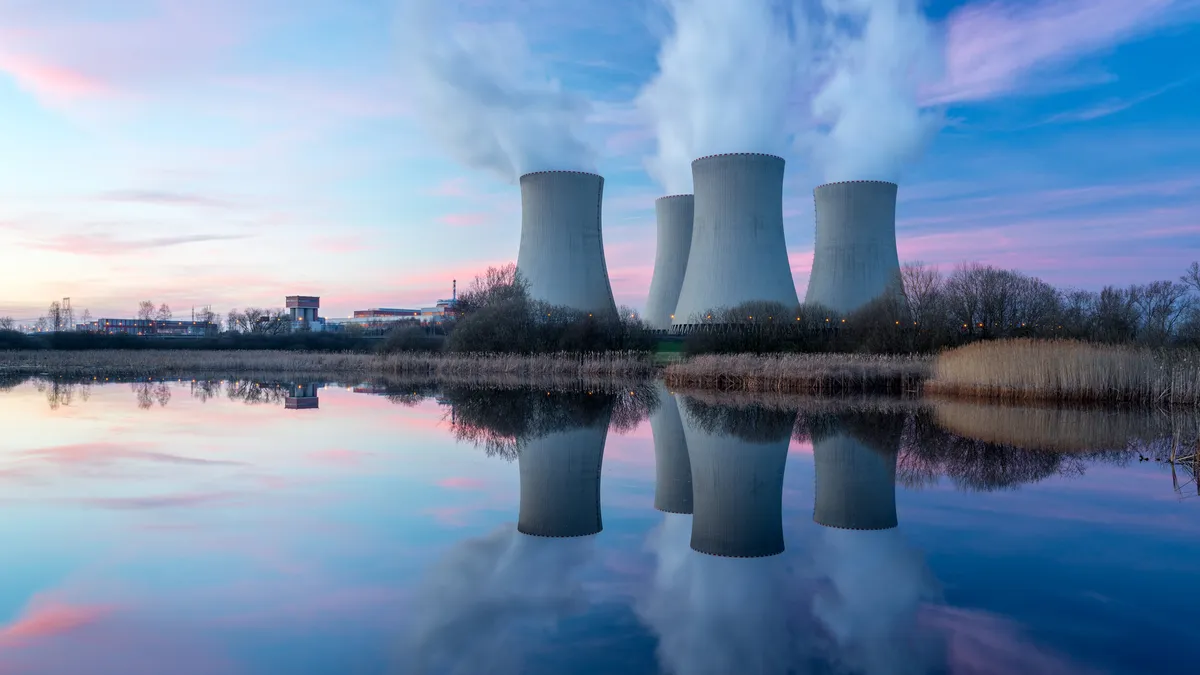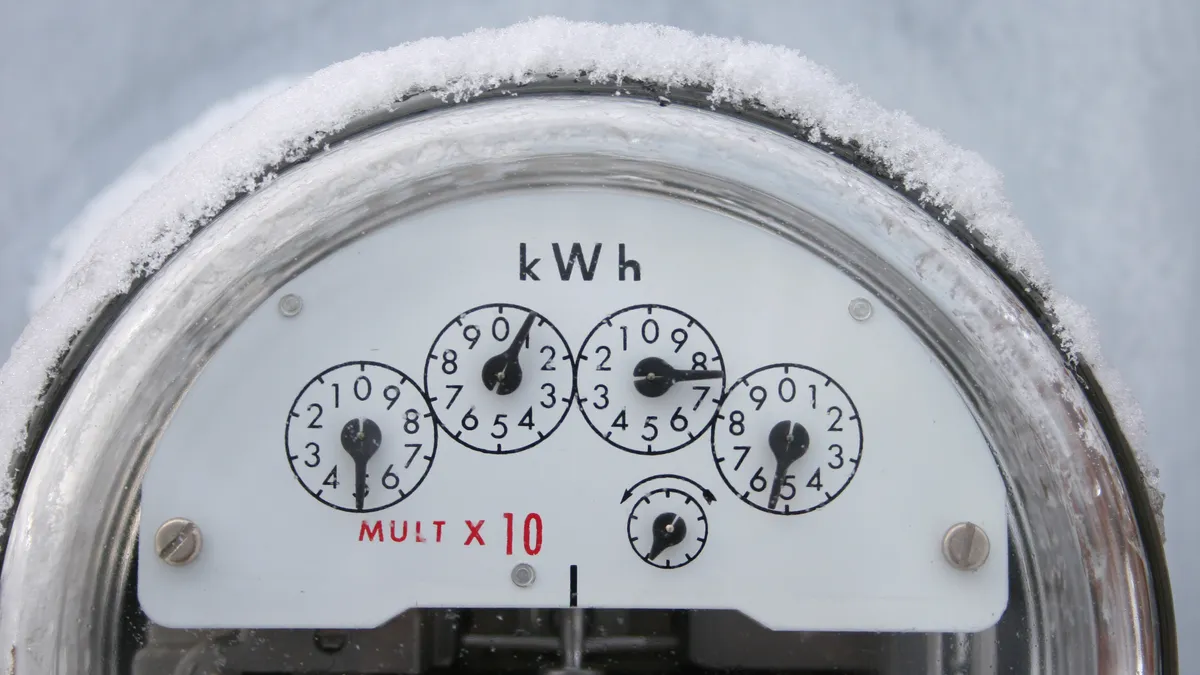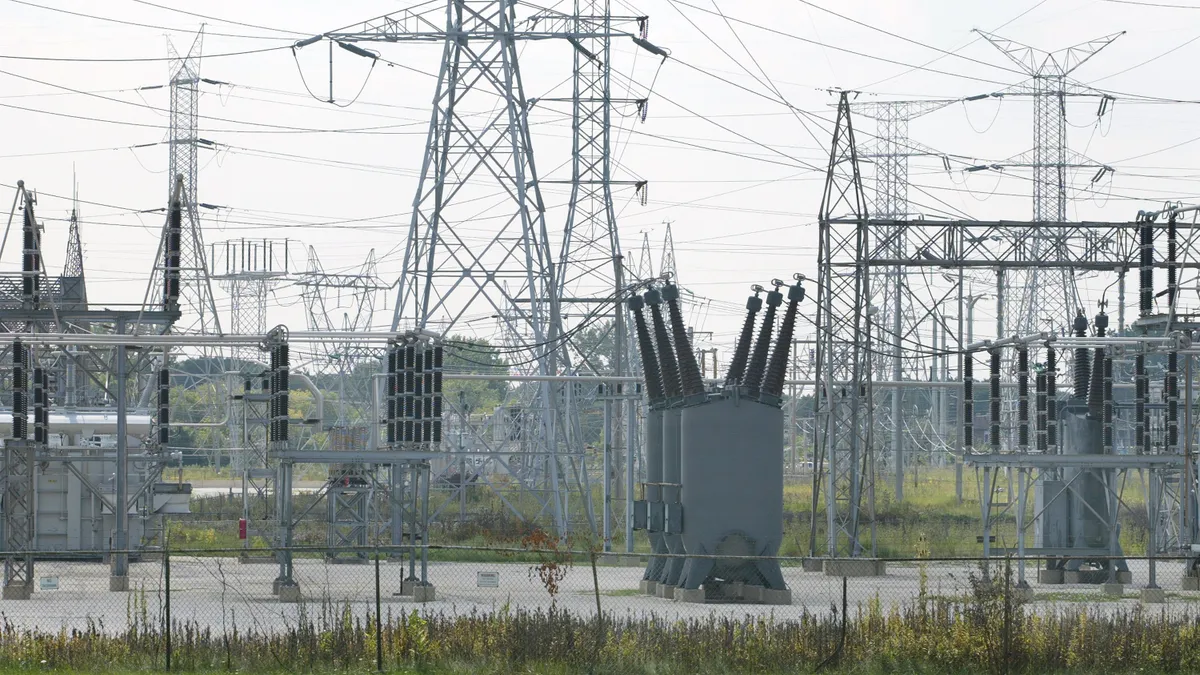The bill to provide support for Connecticut’s sole nuclear power plant has yet to be drafted, but the opposition is already lining up.
Connecticut legislators are picking up where they left off last year and drafting a bill that would essentially make nuclear power a Class I renewable resource, making it eligible to participate in state solicitations for renewable energy resources.
The nuclear plant is not named – indeed, the legislation is not even drafted – but there is only one nuclear plant in Connecticut, Dominion Energy’s 2,110 MW Millstone plant in Waterford.
Dominion has not been as vocal as other nuclear operators such as Exelon, which has for years said that it would have to close at least two of its nuclear plants in Illinois if it did not get some form of financial relief.
After years of wrangling, that relief finally came late last year when the state’s General Assembly passed the Future Energy Jobs Act, which recognizes the low emission levels of the two nukes and provides them with $235 million annually for 10 years in the form of a zero emission credit, or ZEC.
The ZEC program was patterned after a similar proposal that the New York Public Service Commission approved for the state’s Fitzpatrick, Ginna and Nine Mile nuclear plants.
The same pressures are affecting Millstone that have affected other nuclear plants, says Dominion spokesman Ken Holt. Cheap natural gas is lowering wholesale power prices. Competition from lower-priced alternative has already contributed to the closure of the Vermont Yankee nuclear plant and has prompted plans to close the Pilgrim nuclear plant in Massachusetts by 2019.
For Millstone, falling wholesale power prices have resulted in a 20% reduction in hedge prices from 2016 to 2017, Holt said.
Many merchant generators in competitive markets do not sell the electrical output of the generating plants directly to the wholesale market. They sell to financial intermediaries in hedging transactions, and those prices have been on a downward trend.
In the Dominion’s fourth quarter earnings call, the company said 2017 would be “a challenging year for Dominion to achieve its historical earnings growth rate.” One of the major challenges is Millstone.
Dominion has hedged most of Millstone's 2017 output and expects to see a $10/MWh to $12/MWh reduction and realized energy prices compared with last year, which translates to a $95 million to $125 million drop in earnings.
Nuclear subsidies and their discontents
As some have analysts have predicted, Illinois and New York’s success with ZECs has emboldened other states to follow suit.
In 2016, the Connecticut Senate passed SB 344, which would have allowed nuclear plants to bid into state RFPs as a renewable resource, but the bill did not make it through the state’s House of Representatives.
Legislators in the state are now drafting a bill, SB 106, that would take up those same issues again.
In its Feb. 7 testimony filed with Connecticut’s General Assembly, the Electric Power Supply Association, a trade group for independent generators, used SB 344 as the basis of its comments on the assumption that the bill will provide the “framework” for the new SB 106.
SB 344 would have expanded the definition of “renewable” so that nuclear power could bid into the state’s clean energy solicitation and be eligible to be awarded a 10-year power purchase agreement.
Quoting from an earlier statement by Gordon van Welie, CEO of ISO-New England, EPSA said that providing out-of-market financial support for clean energy resources would “undermine the benefits of competition an deter the investments needed to maintain resource adequacy.”
EPSA said that granting “some resources preferential treatment without regard for the impact of doing so on the rest of the power supply system risk highly adverse and likely irreversible consequences.” Among the consequences that EPSA listed were reduced competition and higher prices for consumers.
Key to EPSA’s argument is the fact that Dominion hedged most of the Millstone’s output for 2017, but none of it for 2018. For EPSA, the fact that Dominion is leaving its 2018 output from Millstone unhedged for now is an indication that the company thinks it can get a better deal under legislation that would provide a PPA for nuclear power.
EPSA argues that such a PPA would be higher than the market price Dominion would otherwise receive, making Connecticut consumers “involuntary ‘counter-parties’ to this ‘hedge’ for the benefit of a major industry market participant.”
Many merchant generators in competitive markets do not sell the electrical output of the generating plants directly to the wholesale market. They sell to financial intermediaries in hedging transactions, and those prices have been on a downward trend.
Dominion estimates it will see a $10/MWh to $12/MWh decline in realized energy prices from its 2017 Millstone hedges. That could lower the company’s earnings by $95 million to $125 million, creating what Dominion, in its fourth quarter earnings call, said would be a “challenging year” to achieve its “historical earnings growth.”
EPSA argues that awarding Millstone a PPA would force Connecticut ratepayers to “involuntarily backstop” the plant with “consumers getting hit with all the downside and the plant’s owners getting all the upside.”
No hostages
While that type of arrangement has been characterized as a subsidy, Holt argues it is not a subsidy, but “a contract for goods and services.” And, he adds, the solicitation process has included consumer protections in the form of contract review by the Office of Consumer Council and the attorney general, which he expects would continue.
Rep. Lonnie Reed (D), House chairwoman of the legislature's energy and technology committee, said the purpose of SB 106 will be to protect consumers and ensure lower utility rates while the state’s electric power system transitions away from the nuclear age and into a renewable energy future.
She says SB 344 is a jumping off point and that SB 106 will be different. The new bill will incorporate changes in economic and energy landscapes, she said, though she did not provide further details.
A key element in designing the bill will be to ensure that Connecticut has a clear path forward to achieve its renewable portfolio standard of 20% carbon free power by 2020.
Reed said Connecticut does not want to replicate the experience of New York and Illinois, which she said were held hostage for big subsidies when nuclear plant operators suddenly announced plans to shut down before there was sufficient backup power ready to replace the zero emission power they generate.


